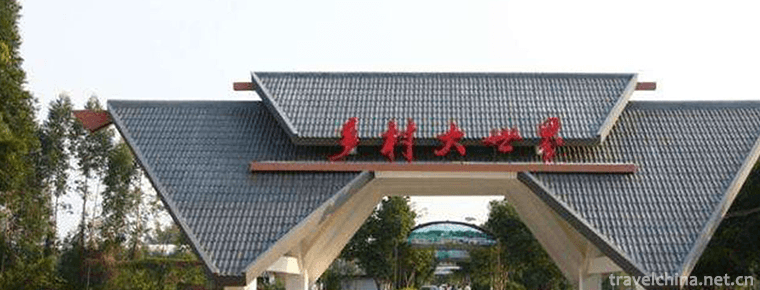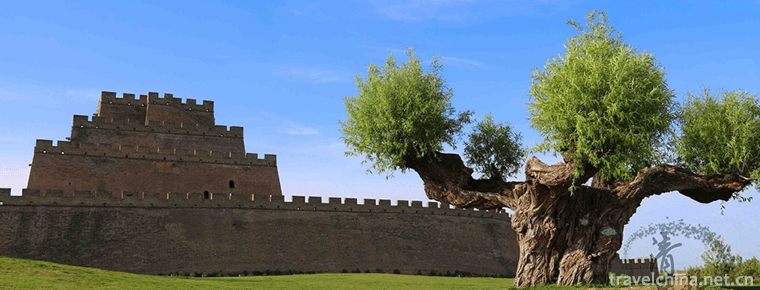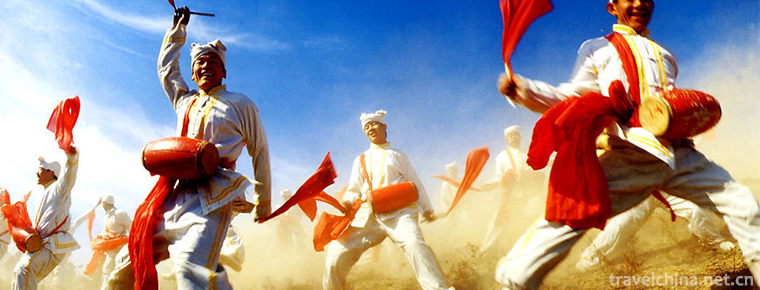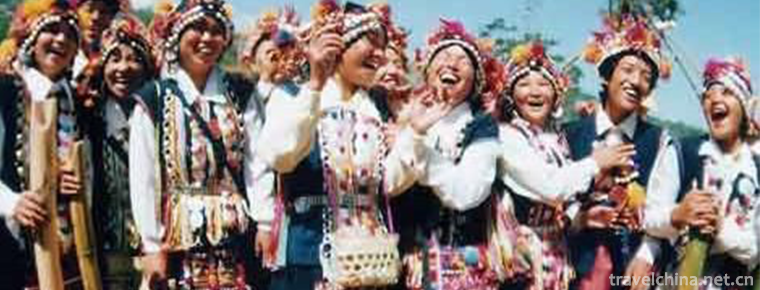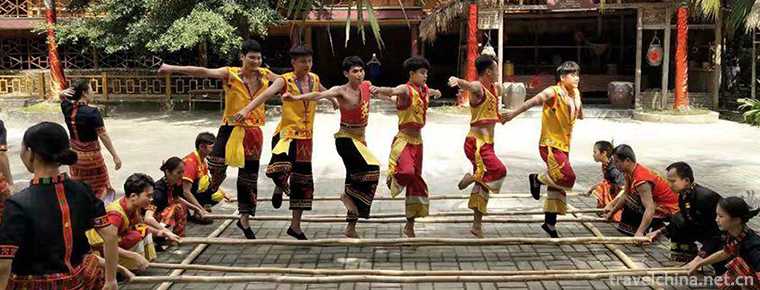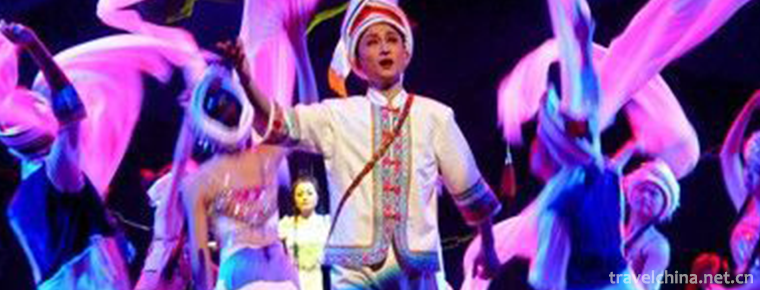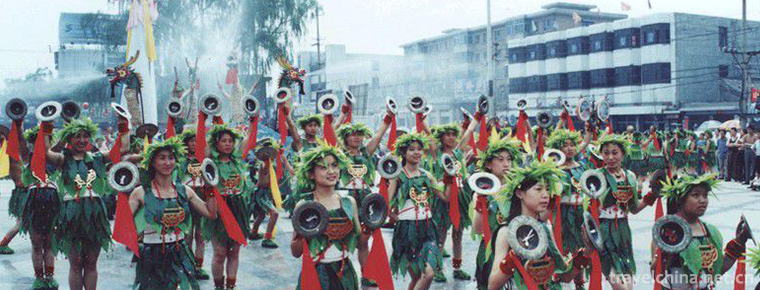Shika Snow Mountain
Sheka snow mountain scenic area is located in the southwest of Jian Tang town in Shangri-La County, Southeast of Qinghai Tibet Plateau, 4500 meters above sea level. National 5A level tourist attraction. It is not only the nearest comprehensive tourist attraction to Shangri-La Airport in Diqing Tibetan Autonomous Prefecture, but also the only three-dimensional eco-cultural tourist attraction with tourist conditions in Diqing Plateau.
The word "Shika" originates from the Tibetan translation of Shangri-La, meaning "mountain with red deer". In Tibetan Buddhism, the red deer is a horse among the masses who are listening to the Buddhist scriptures. Therefore, the red deer is one of the auspicious animals in Tibetan Buddhism, indicating "auspicious longevity, exorcision of evil righteousness", so the Shika Snow Mountain scenic spot is in Shangri. The hearts of the lira Tibetans are the protectors of Shangri-La.
Shika Snow Mountain Scenic Spot is situated at 7KM southwest of Shangri-la County Town. The Snow Mountain is adjacent to Napahai Nature Reserve in the north and Qianhu Mountain Scenic Spot in the south. It is adjacent to Songzanlin Temple in the East and Dukezong Ancient City in the south. It covers an area of about 65 square kilometers. . The highest peak of Shikashen Mountain is 4500 meters above sea level, the lowest point of Napa meadow is 3270 meters above sea level, and the relative height difference is 1230 meters. It almost contains all the three-dimensional ecological landscape resources of subalpine zone and alpine zone in the world natural heritage site of "three parallel rivers" in Northwest Yunnan.
With the aim of "tourists and reputation first", the scenic spot aims to create high-quality tourist attractions to meet the higher aspirations and needs of domestic and foreign tourists in Shangri-La. With advanced equipment and complete service facilities, tourists can reach the top of the mountain on foot and enjoy the high mountain belt and high mountain current above 4000 meters above sea level in Shangri-La.
The infinite natural scenery of the stone beach feels the magical charm of the peak culture and the sacred mountain culture outside the temple.
The natural eco-landscape tourism resources of the scenic spot are composed of geological landscapes, snow mountains, Linghu Lake, forest, meadow eco-tourism resources, rare animals and plants and ornamental plants in the vertical zone. The natural landscape of the scenic spot of Shika Mountain is a dynamic landscape. People summed it up as the following sentence: "Spring see green grass and summer see flowers, autumn and autumn view snow in winter"; human landscape resources to Shenshan religious culture and Shangri-La vertical nomadic culture as the theme, to inject vitality into the natural ecology.
There are several functional routes in the region, such as cable car plus hiking pilgrimage sightseeing mass eco-tourism line, hiking pilgrimage eco-cultural tourism line, comprehensive eco-cultural tourism line and village folklore cultural tourism line, to meet the requirements of pilgrimage sightseeing, outdoor sports, soft exploration, hiking, scientific investigation and folk culture in an all-round way. The need for participation in experience is popular.
"Shika" is a Tibetan transliteration of Shangri-La, meaning "a mountain with red deer". Two red deer represent the horses and herds listening to Buddhist scriptures. Therefore, the deer is one of the auspicious animals in Tibetan Buddhism, expressing "auspicious longevity, exorcision of evil and righteous law".
Historically, Shika Mountain, located between Duke Zong in the east of Tieqiao in Shenchuan and Xicheng in Tieqiao (now the tower city of Lijiang), is the link between Tubo and Nanzhao. It echoes Yulong Snow Mountain in the southeast and Jiangyu, and faces Meili Snow Mountain in the northwest. It is the first Shenshan that the ancient tea-horse road of Yunnan-Tibet entered Tibet during the Tubo period. This sacred mountain helped the Tubo Zampur to realize the desire to live in harmony with the Nanzhao Kingdom, mutual benefit and win-win situation, and promoted the good marriage between the Nanzhao Princess and the Tubo Zampur.
Geological and geomorphological diversity is a major characteristic landscape resource in shekha mountain scenic area. Because it is located in the Three-River longitudinal valley of the Hengduanshan Mountains on the Qinghai-Tibet Plateau, its geological structure is complex, and there are many kinds of strata exposed. Sandstone, limestone, slate and siliceous rocks are interlaced, and its structural characteristics are obvious, such as section, fault, fold and structure. In addition to the karst cave, there are various peaks, U-shaped valleys, impact fans, glacial moraines and ancient glacial landforms and so on.
Abundant biodiversity is another major feature of the shekha mountain scenic area. According to preliminary investigation and statistics, there are at least 73 families, 203 genera and 399 species of seed plants in the scenic spot. 12 species of plants are protected in the country, such as ERON ferns, water cones, Tricholoma matsutake, and oil spruce spruce. There are 151 rare and precious medicinal materials, such as Cordyceps sinensis, snow tea, ginseng beads, fritillary fritillaria, rock cabbage, Gentiana Gentiana, Jinbuchang, Taoerqi and a branch of Artemisia annua. There are more than 100 species of wild birds and mammals, of which 30 species are under national protection, such as leopard, black-necked crane, spotted hazel fowl, vulture, black bear, brown bear, small panda, forest musk deer, blood pheasant, Tibetan pheasant, spoon chicken and big rib-breasted parrot.

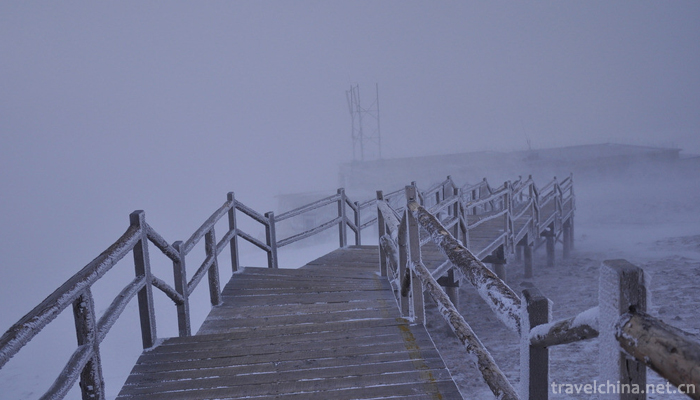
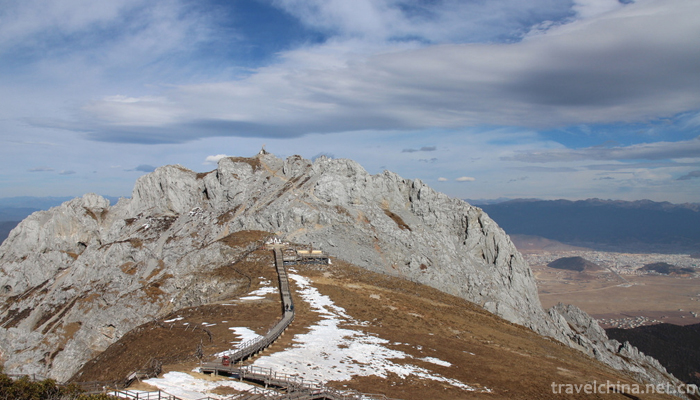
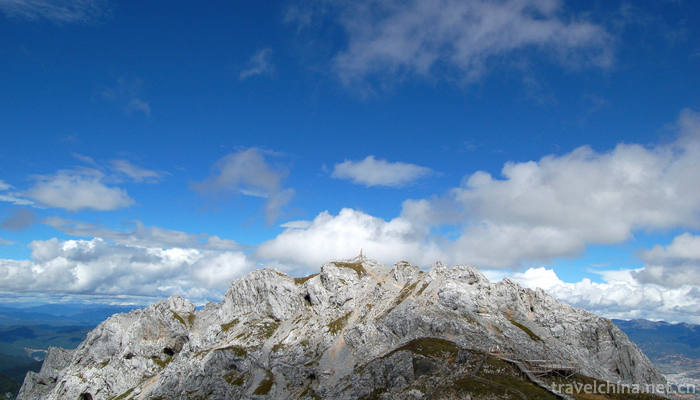
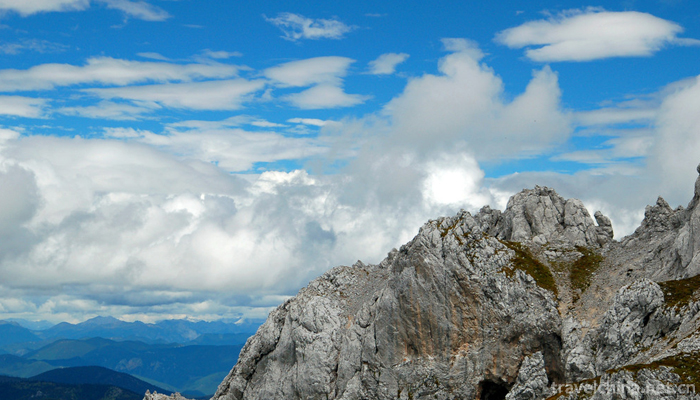
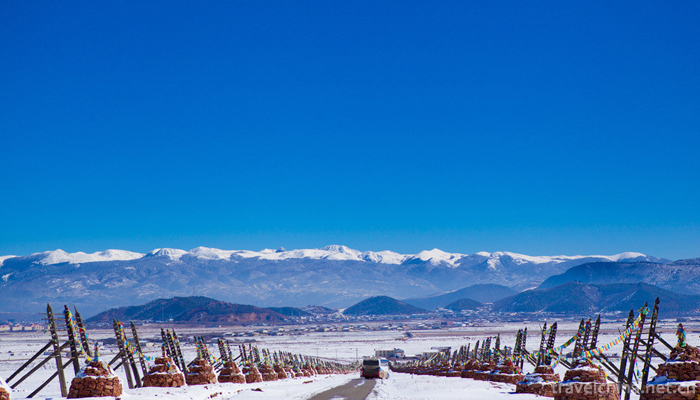
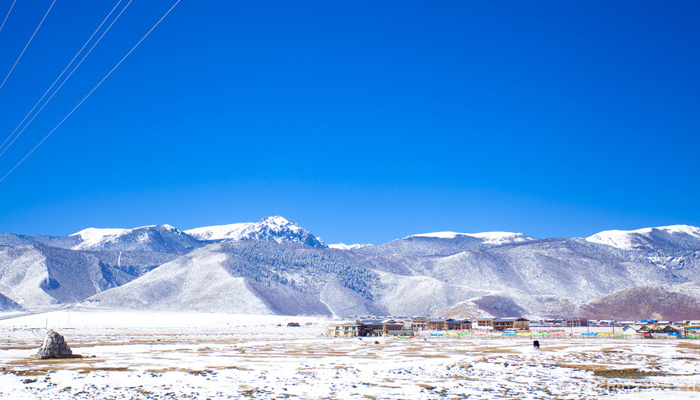
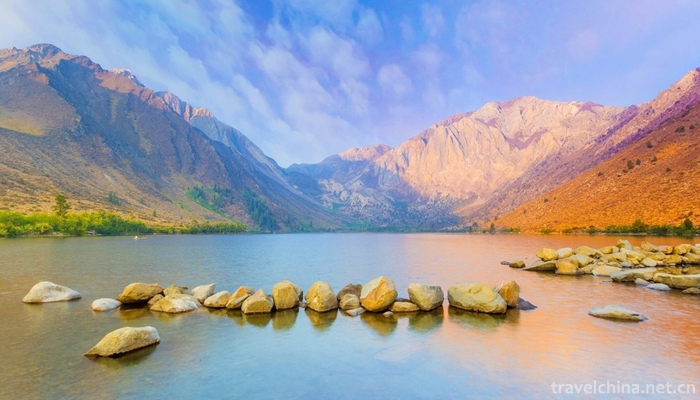
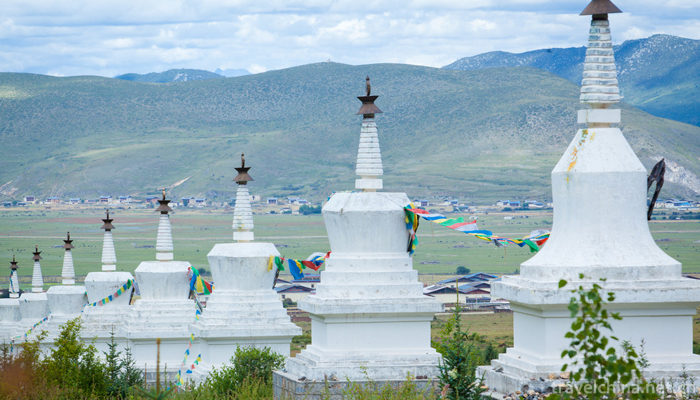
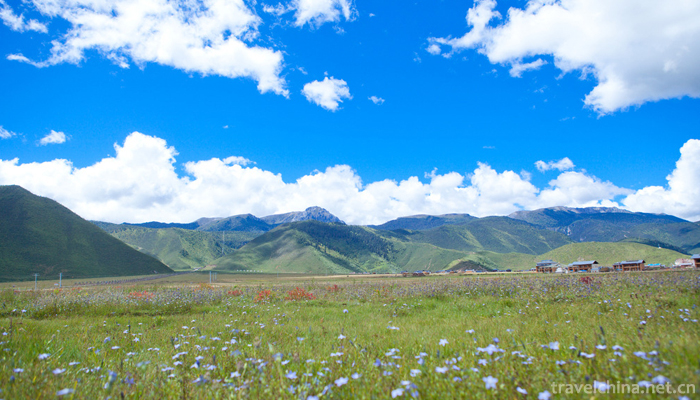
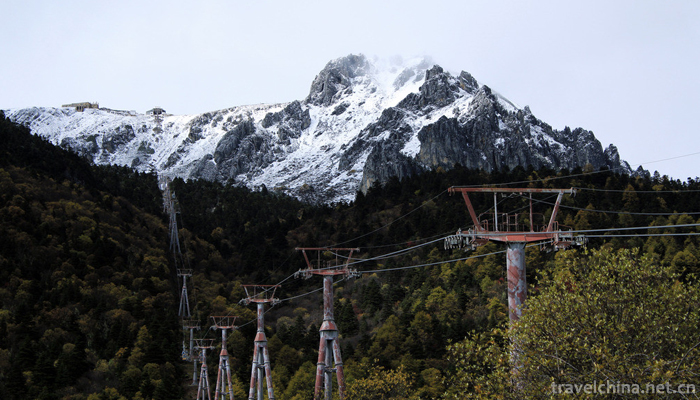
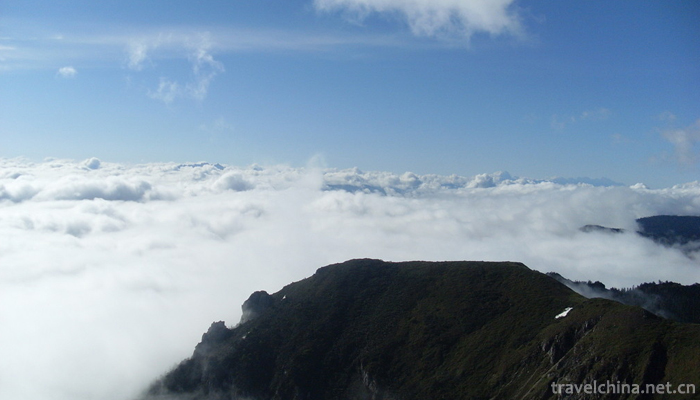
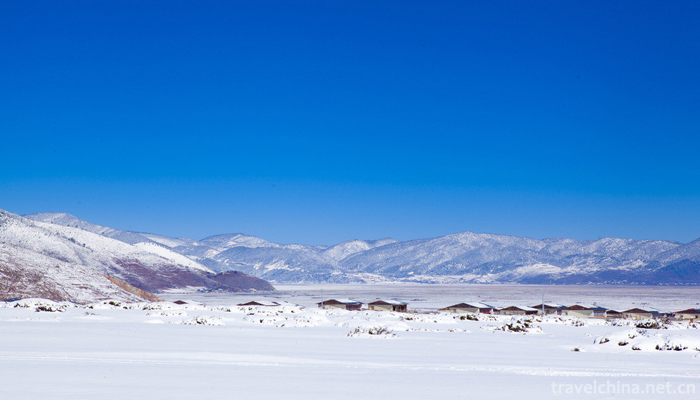
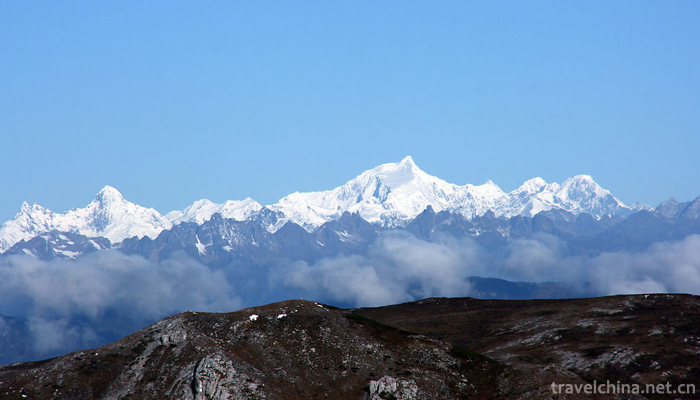
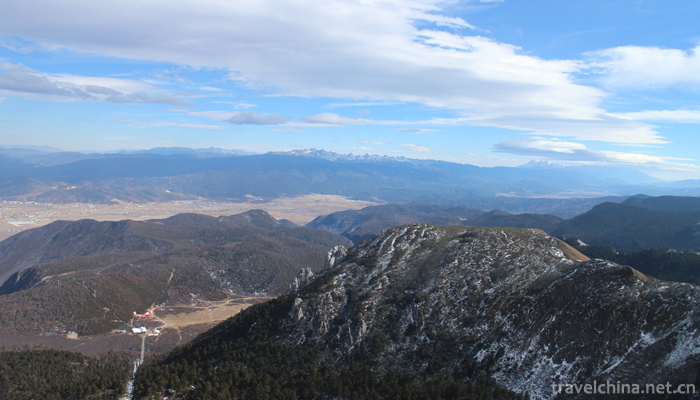
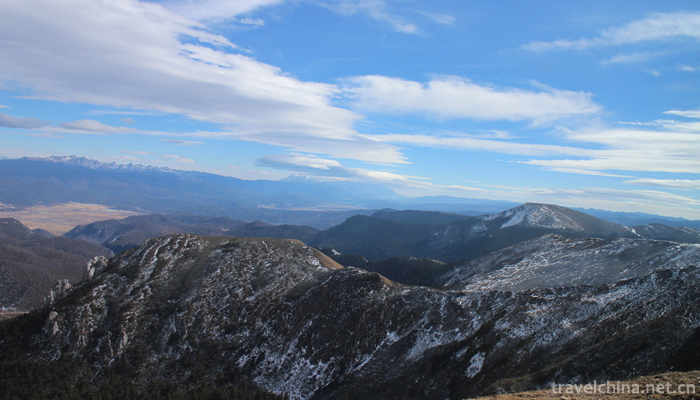
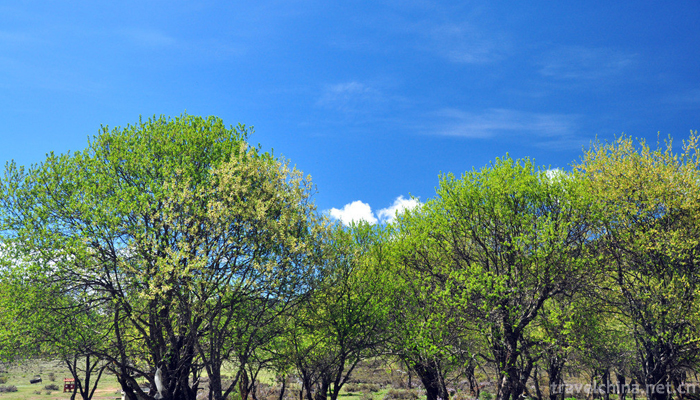
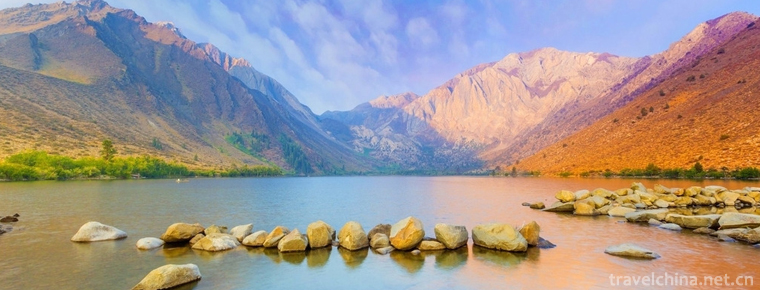
Shika Snow Mountain
-
Great mercy Pavilion Plain noodle
Great mercy Pavilion Plain noodle, originated in Zhaitang of Daci Pavilion Chan Yuan in Baoding City, Hebei Province, has a history of 800 years.
Views: 248 Time 2018-11-27 -
Xiangsha Bay Scenic Spot in Dalat Banner Ordos
Xiangsha Bay was opened as a tourist attraction in January 1984, listed as a national line scenic spot by the National Tourism Administration in 1991
Views: 256 Time 2018-11-29 -
Nanning Rural World
Nanning Rural World is a large-scale eco-leisure resort built by Nanning Weining Eco-Park Co., Ltd. alone. It is a national AAAA tourist attraction with good ecological environment and high negative o
Views: 137 Time 2018-12-27 -
Huguangyan Scenic Spot
Huguangyan Scenic Spot is located 18 kilometers southwest of Zhanjiang City, the southernmost part of the mainland of China. It is called "natural yearbook" of earth and geological science b
Views: 192 Time 2019-01-16 -
Tian Xiang Yuan
Tianxiang Garden is located in Nanchang City, Jiangxi Province, Qingshan Hunan Avenue, formerly known as the West Lake Garden. Founded in 1976, with an area of 112 mu
Views: 224 Time 2019-02-22 -
Zhen Bei Tai
Zhenbeitai, World Heritage Site, National Key Cultural Relics Protection Unit. It is located on the top of Hongshan Mountain, 4 kilometers north of Yulin City, a famous national historical and cultura
Views: 248 Time 2019-03-17 -
Ansai waist drum
Ansai waist drum is a traditional folk dance in Shaanxi Province. Performances can be performed by several people or thousands of people together, magnificent momentum, exquisite performance is intoxi
Views: 293 Time 2019-03-31 -
Multi voice Folk Songs of Hani Nationality
Hani multi-voice folk songs are popular in several Hani villages in the eastern part of Azahe Township, Honghe County, with Puchun Village as the center. Their natural environment is closed and traffi
Views: 189 Time 2019-05-02 -
Li nationality firewood dance
The firewood dance is one of the representative folk dances of the Li nationality. It is called "Turn Brake" and "Taisha" in the Li dialect. It originated from the funeral custom o
Views: 227 Time 2019-05-12 -
Southern Drama
Nan Opera, also known as Nan Opera and Shi Nan Diao, commonly known as "Gaotai Opera" or "People's Congress Opera", is a local opera in Enshi Tujia and Miao Autonomous Prefecture o
Views: 281 Time 2019-06-07 -
Wenshui Tiaozi
Wenshui Biaozi is an ancient and unique traditional folk music art spread in Wenshui County, Shanxi Province. It is named for its special copper cymbals commonly known as "Biaozi" in perform
Views: 156 Time 2019-06-29 -
Xingtai plum blossom boxing
Plum Blossom Boxing is also called Plum Blossom Pile and Plum Blossom Boxing. One of the traditional Chinese martial arts. For the convenience of drilling, drilling on the ground is more extensive, kn
Views: 161 Time 2019-07-08


